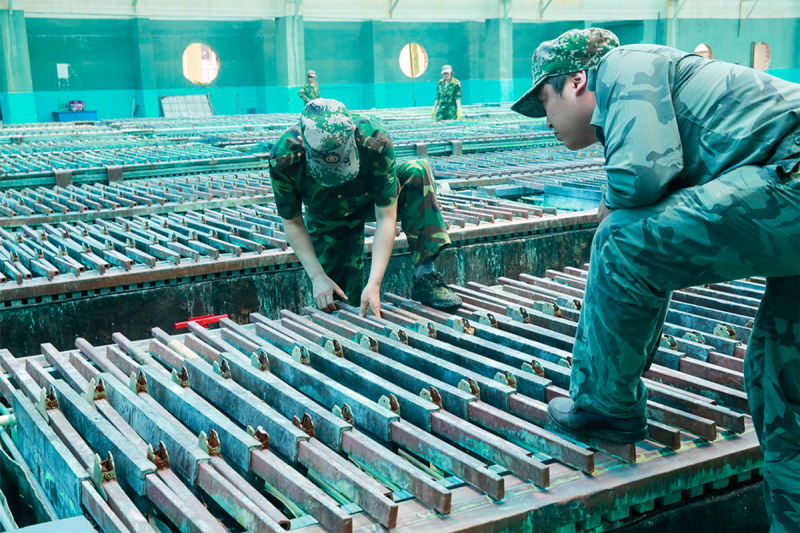Increasing global demand and the geopolitically concentrated supply of rare earth elements (REEs) have led to an urgency to diversify production and processing away from China. As the major force in the market, China currently boasts well over 70% global production and processing of REEs and the dominion it holds over the market cannot be overstated. The need to reduce reliance on a single nation, particularly in the light of political tensions and environmental concerns, has grabbed the limelight in political, economic, and scientific circles.
The importance of rare earths lies in their extensive applications in modern-day technologies, including defense technologies, renewable energy technologies, and electronics. REEs provide the capacity for permanent magnet production, necessary for advanced weaponry, wind turbines, and electric vehicle motors. Given the global drive towards greener technology and the further integration of digitalization, demand for REEs will continue to rise. Indeed, control over such strategic commodities can wield significant geopolitical power.
Alternative sources of REEs can be found in numerous regions around the globe. For context, contrast China’s vast reserves of 44 million metric tons with the equally formidable but untapped reserves of 22 million metric tons in Brazil, 18 million in Russia, and the 16 million in Australia. There is, therefore, no shortage of accessible REEs, rather a deficiency in capitalizing on these abundant supplies.
A chief concern is the environmental impact of extracting and processing these elements. Indeed, rare earth mining and refining has been linked to significant environmental contamination, including water, soil, and atmospheric pollution. Reducing our reliance on China is not only a question of economic independence, but it’s also a question of responsible, sustainable procurement and processing.
To address the environmental dilemma, other nations will have to incorporate eco-friendly mining and processing techniques. New strategies embracing biotechnology and ‘green’ chemistry are gaining momentum — for instance, bioleaching, a technique where natural microorganisms leach rare earth metals from ores, offers a less harmful alternative to the inorganic compounds used today.
Another promising strategy is the exploration of secondary sources of REEs, such as recycling end-of-life products or by recovering REEs from industrial waste streams. These options offer a win-win scenario: not only do they reduce waste, they also curb the need for further mining. Research programs in these arenas are emerging in Sweden, the United States, and Japan, and if pursued with resolve, these strategies can significantly curtail dependence on China.
For a robust and resilient rare earths market, the development of alternative supply chains is crucial. This includes building processing facilities, refining capabilities, and domestic recycling facilities to create a more self-reliant and sustainable supply chain. Countries like the United States, Australia, and Canada have already begun to invest in their own processing plants, marking important steps toward decreased dependence on China.
Furthermore, international partnerships will certainly play a consequential role in unshackling the world’s reliance on China for REEs. Cooperative initiatives like the U.S.-Australia partnership on critical minerals are positive beginnings. Emphasizing multilateral cooperation in the exploration, extraction, and recycling of REEs would take significant strides toward global economic security.
To sum things up, diversification of the world’s REE market cannot be achieved in a heartbeat. It requires a collective and sustained effort from nations around the globe to develop responsible mining and processing practices, refine domestic capabilities, and foster international partnerships. Furthermore, strategic embrace of recycling and a circular economy model could offer a sustainable pathway towards reducing China’s stronghold on REE supply. The fruition of these ambitious aims stands poised to stabilize the rare earth markets and underscore global security of this crucial resource.




